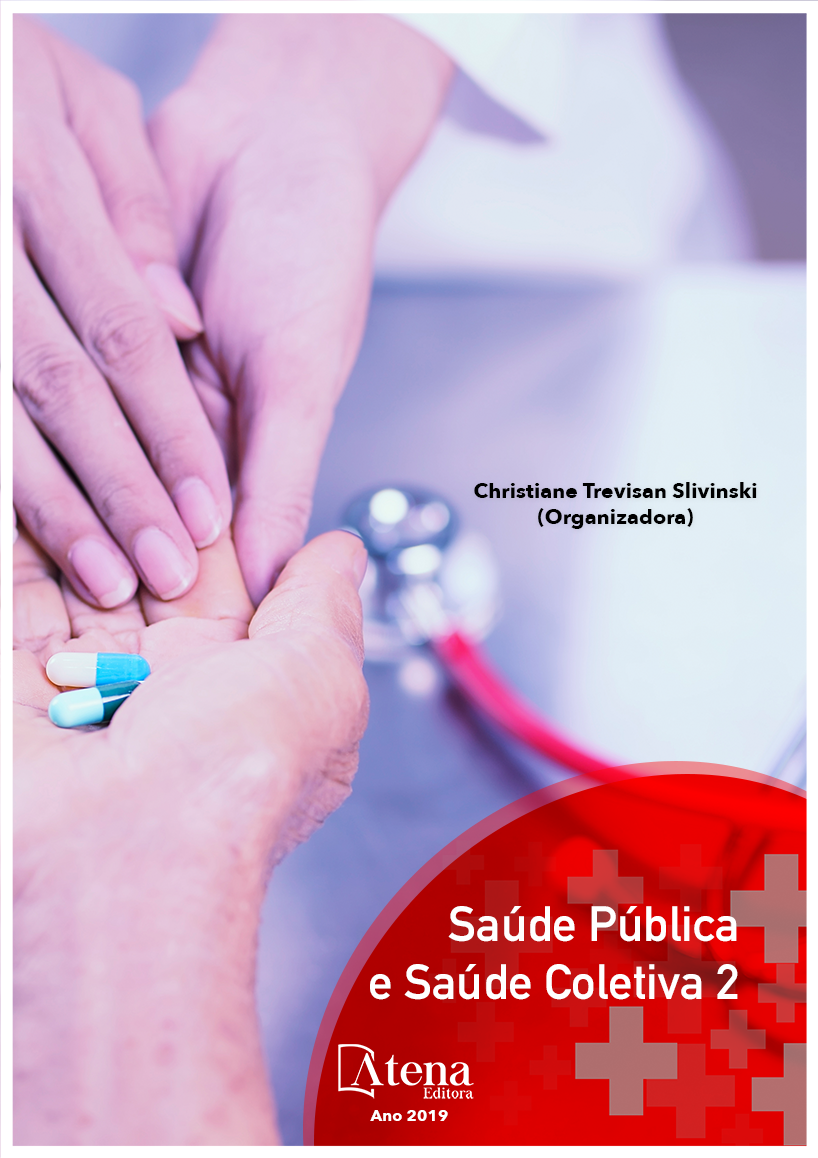
REAÇÕES ADVERSAS AO MEDICAMENTO: NOTIFICAR PARA CUIDAR
Farmacovigilância é denominada
como a ciência que se relacionam com o
processo de detecção, avaliação, compreensão
e prevenção de reações adversas a
medicamentos e outros problemas relacionados
com o intuito de aumentar a segurança do uso de
fármacos e melhorar a qualidade do tratamento.
Contudo, em contrapartida, o problema com
a subnotificação é crescente e impede que
seja feito um trabalho de cuidado e prevenção
adequado, sendo o profissional farmacêutico
mais capacitado e melhor para exercer tal
função. Este estudo tem como objetivo avaliar
estatisticamente o perfil das notificações de
reações adversas realizadas pela equipe de
farmacovigilância de um hospital sentinela de
referência da região norte do Ceará. Trata-se de
um estudo de carácter documental, descritivo,
retrospectivo de abordagem quantitativa
sobre as notificações de reações adversas a
medicamentos em um hospital sentinela da
região norte do Ceará no período de janeiro a
dezembro de 2016, baseados em dados dos
relatórios mensais emitidos pela comissão de
farmacovigilância do hospital. A amostra foi
composta por 291 notificações, todas de reações
adversas a medicamentos. Os medicamentos
que mais causaram reações foram morfina
0,2% (39,52%), vancomicina (5,50%) e dipirona
(5,50%), enquanto as reações mais prevalentes
foram prurido (40,21%), hiperemia (13,74%)
e náuseas e vômitos (13,06%). A busca ativa
se mostrou a mais utilizada pela equipe. A subnotificação apesar de crescente, se
mostra controla neste estudo graças a equipe de farmacovigilância coordenada por
farmacêuticos. A busca ativa tem importante valor neste resultado, uma vez que
apresenta diversas vantagens sobre a notificação espontânea.
REAÇÕES ADVERSAS AO MEDICAMENTO: NOTIFICAR PARA CUIDAR
-
DOI: 10.22533/at.ed.61919110318
-
Palavras-chave: Farmacovigilância. Subnotificação. Reação Adversa
-
Keywords: Pharmacovigilance; Underreporting; Adverse reaction
-
Abstract:
Pharmacovigilance is referred to as the science that relates to the process
of detection, evaluation, understanding and prevention of adverse drug reactions and
other related problems, in order to increase the safety of drug use and improve the
quality of treatment. However, the problem with underreporting is growing and prevents
adequate care and prevention work being done, and the pharmaceutical professional
is better able to perform this function. This study aims to statistically evaluate the
profile of reports of adverse reactions performed by the pharmacovigilance team of a
referential hospital in the northern region of Ceará. This is a descriptive, retrospective
and documentary study of a quantitative approach on reports of adverse drug reactions
in a hospital in the northern region of Ceará from January to December 2016, based
on data from the monthly reports issued by the pharmacovigilance commission of the
referred hospital. The sample consisted of 291 notifications; all of them from adverse
drug reactions. The drugs that caused the most reactions were morphine 0.2% (39.52%),
vancomycin (5.5%) and dipyrone (5.5%), whereas the most prevalent reactions were
pruritus (40.21%), hyperemia (13.74%), nausea and vomiting (13.06%). The active
search proved to be the most used by the team. Underreporting, although increasing,
is controlled in this study thanks to the pharmacovigilance team coordinated by
pharmacists. Active search has important value in this result, since it presents several
advantages over spontaneous report.
-
Número de páginas: 15
- MARIA VITÓRIA LAURINDO
- CAMILLA RODRIGUES PINHO
- JESSIKA CRUZ LINHARES FROTA
- FRANCISCA AILA DE FARIAS
- RAFAELA LINHARES PONTE RANGEL
- IZABELLY LINHARES PONTE BRITO
- SARA DE ARAÚJO DO NASCIMENTO
- FÁBIO FROTA DE VASCONCELOS
- RENAN RHONALTY ROCHA


